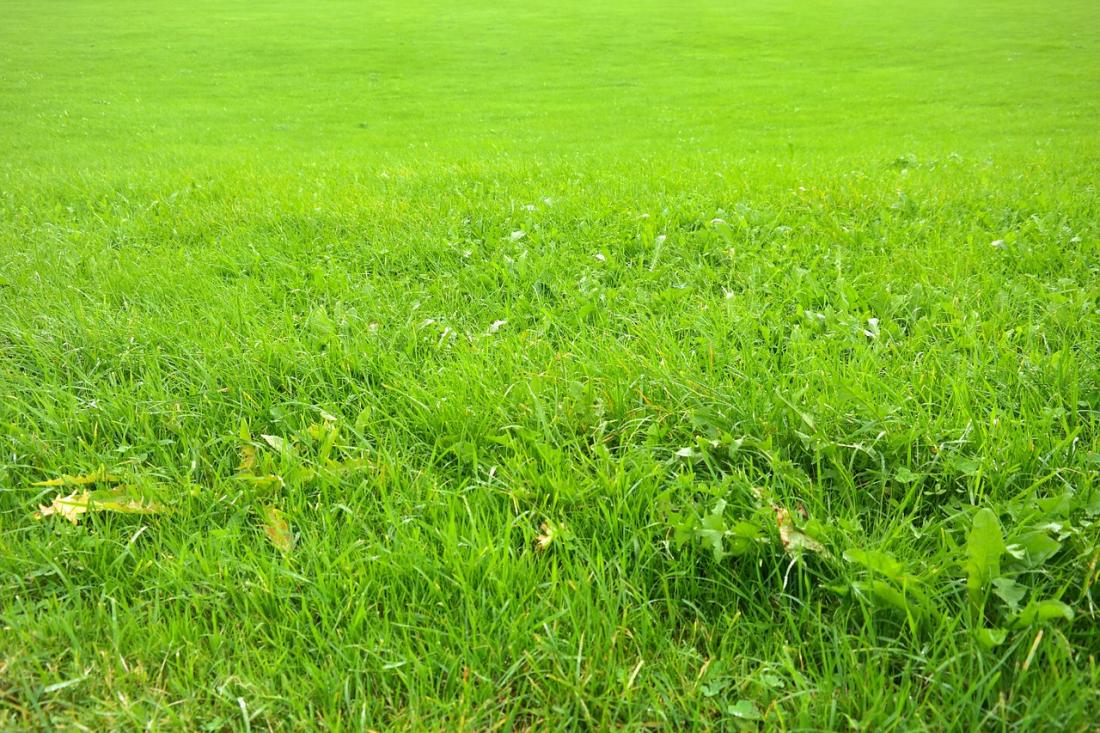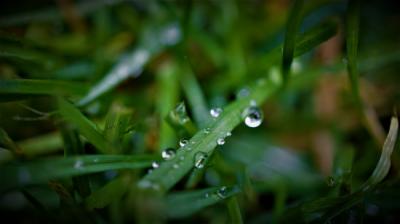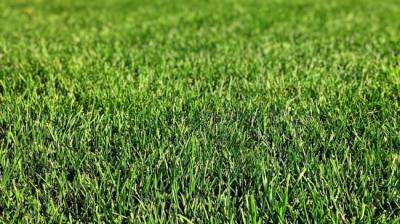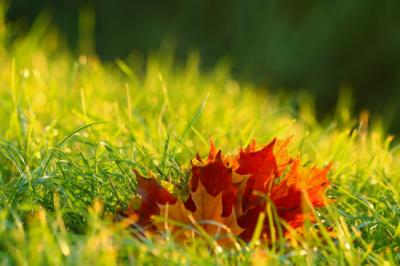Luscious green and healthy grass is what we all need in our lawns. Luckily, it is achievable as long as you protect the grass from unsightly brown patches, commonly known as Emerald Zoysia patches. This blog will help you find all the details you need about this disease to maintain your grass. Let’s begin.
What Is Emerald Zoysia Patch?
The zoysia patch is a common warm-season grass disease that reveals itself in spring and fall when transitioning out and into dormancy. So, keep a special eye out as the winter approaches because it is when you can see the signs.
Are you unable to identify the patch? Keep on reading to know the symptoms to help you diagnose.
The fungus will start appearing in small brown discoloration circles that grow over time if not attended to. The affected area will start looking sunken or dead and develop a yellowish-orange color on the diameter. Luckily, the patch disease doesn’t affect the turf’s root, yet it does cause the recovery process to slow down. As leading sod suppliers in Atlanta, we’ve seen these patches appear in the same areas as they did in the last season, so keep a special eye on these areas.
How Does It Start?
The environmental conditions are the main cause of grass patches turning brown. Like any fungal grass infection, the zoysia also looks for the following conditions to thrive in:
- Extensive shading
- Thatching
- Bad circulation
- Poor drainage
Finding the core of the issues is always important to find the best solutions. If your lawn is already prone to the conditions we have listed above, you need to start watching them even if they are currently appearing to be healthy. Why? To ensure the grass maintains its lush green color.
How to Treat Emerald Zoysia Sod Fungus?
When it comes to keeping the grass healthy, prevention is key. In most cases of lawn disease seen by Atlanta Sod, the homeowners notice the signs too late. Curative fungicides are a great way to keep infections under control. Yet, as they are applied only after the disease has spread, they cannot improve the current damage to the grass. Only the weather conditions and changes in the maintenance schedule stop a disease.
Here are some common Emerald Zoysia diseases and tips for effectively managing them to ensure the health of your sod:
- Aeration of the sod annually
- Keep the thatch below or at ½ inch
- Applying preventative fungicides in spring and fall
- Identify and resolve drainage issues of the lawn
- Proper watering habits
All-in-all, the preventative fungicides are your best shot! Applying them 3 times annually, 1 time in spring and 2 times in fall, will drastically reduce the severity of the Emerald Zoysia sod patch.
Tips for Preventing Patches on Zoysia
Moving on, here is the list of things you can do to protect your grass from this altogether. They include:
- Maintain the right amount of nitrogen levels in early spring and fall
- Water the grass only when it is required and avoid drought stress
- Do not water them frequently to control the humidity
- Increase the air circulation by reducing the shade in the surroundings
- When grass gets the patch disease, avoid de-thatching as it can further spread
It may sound a lot, but following these simple steps will make your lawn look fresh, creating a warming and welcoming environment for you to sit in. Nevertheless, as winter approaches, the color may start to turn brown, which is very normal in cold weather. If you want tricks and tips for Emerald Zoysia to make sure your Emerald Zoysia turns lush green again in summer, contact us at (404) 631-7610. Besides the patch disease, there can be some other issues that happen if you are not careful. We are covering those in our next section of frequently asked questions, so you are ready to tackle the problems.
Frequently Asked Questions
Why is my emerald zoysia grass turning brown?
The emerald zoysia is warm-seasoned grass that will go brown or dormant as soon as the temperature gets cooler, so don’t worry about it.
What causes dead spots in zoysia grass?
Leaf spot is a common condition that can occur during warm days and cool nights. The reason this could happen is conditions are overly dry or have poor fertilizing techniques. Proper fertilization and watering once a week will help to alleviate the problem.
Why is my grass dying even though I water it?
If the grass is dying even though you are using the right watering schedule, it can be because it has some disease caused by tiny living organisms.






